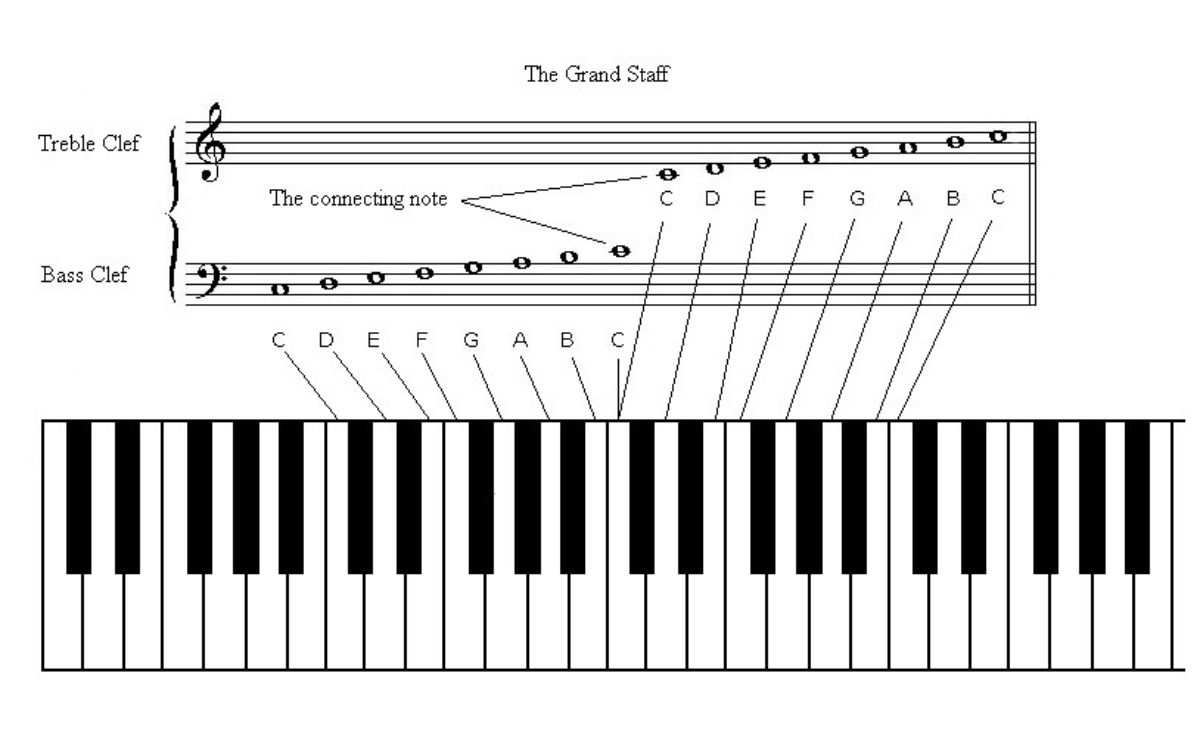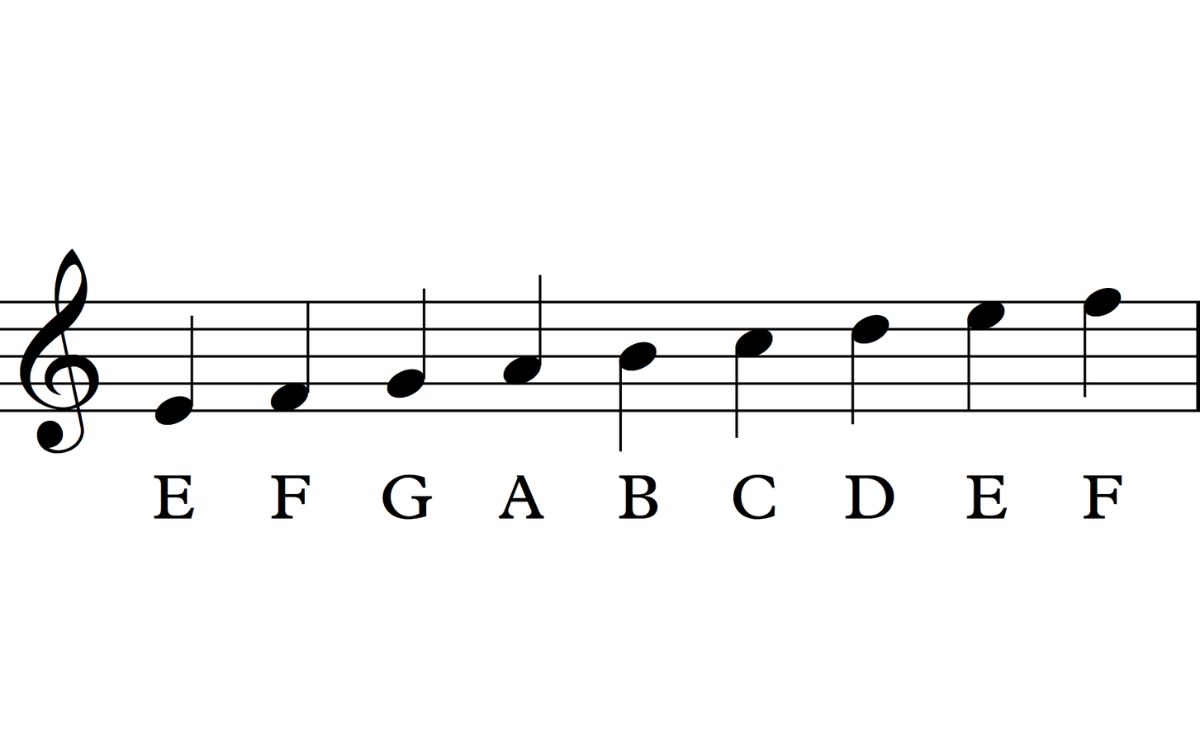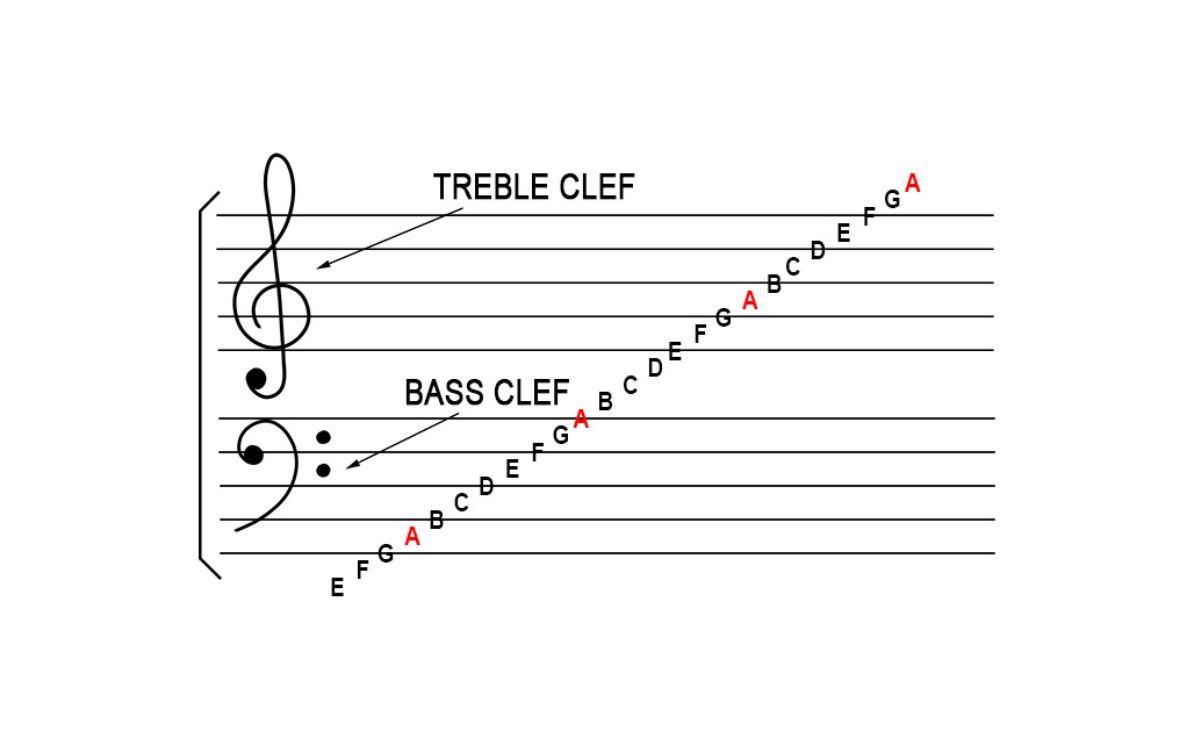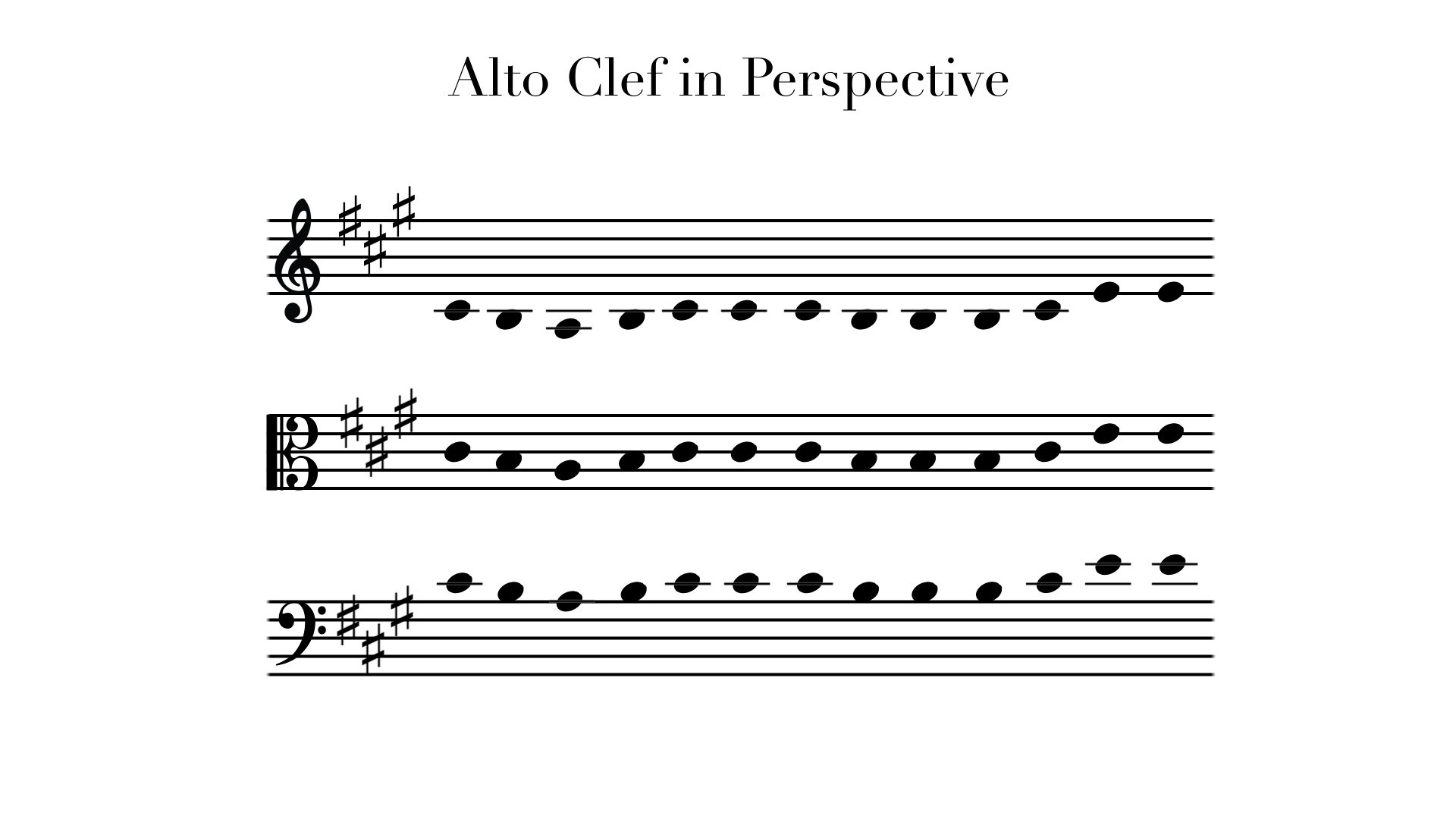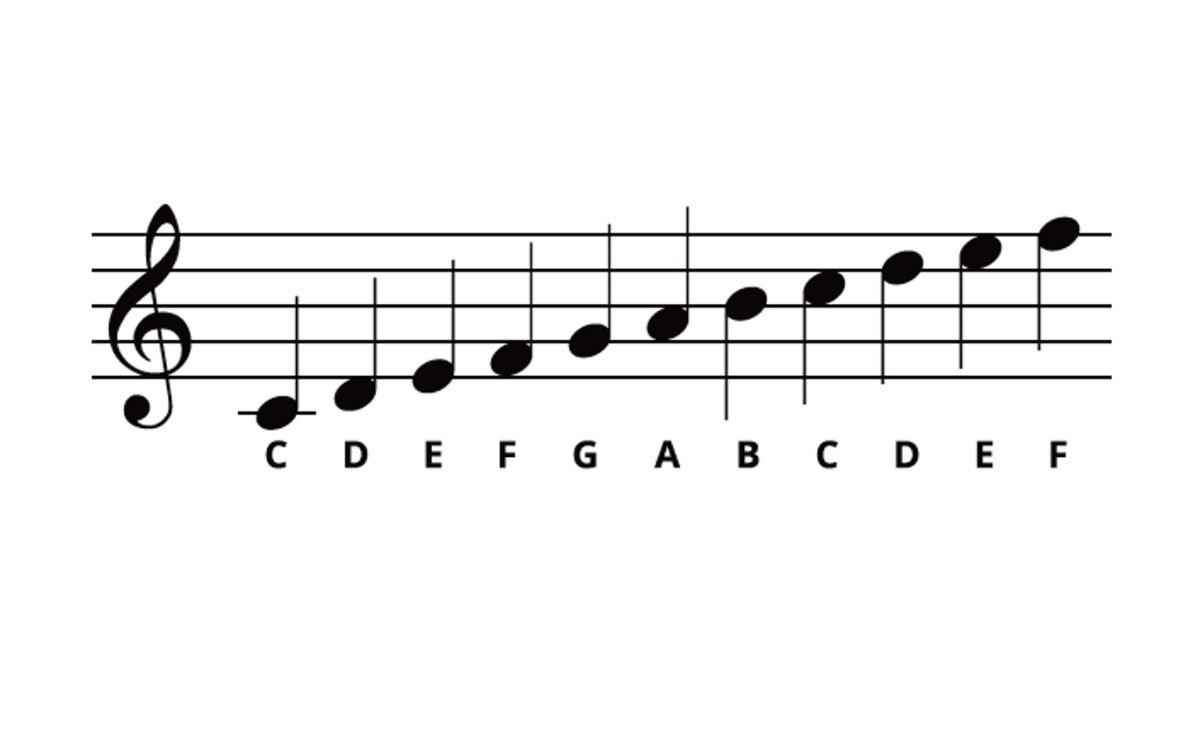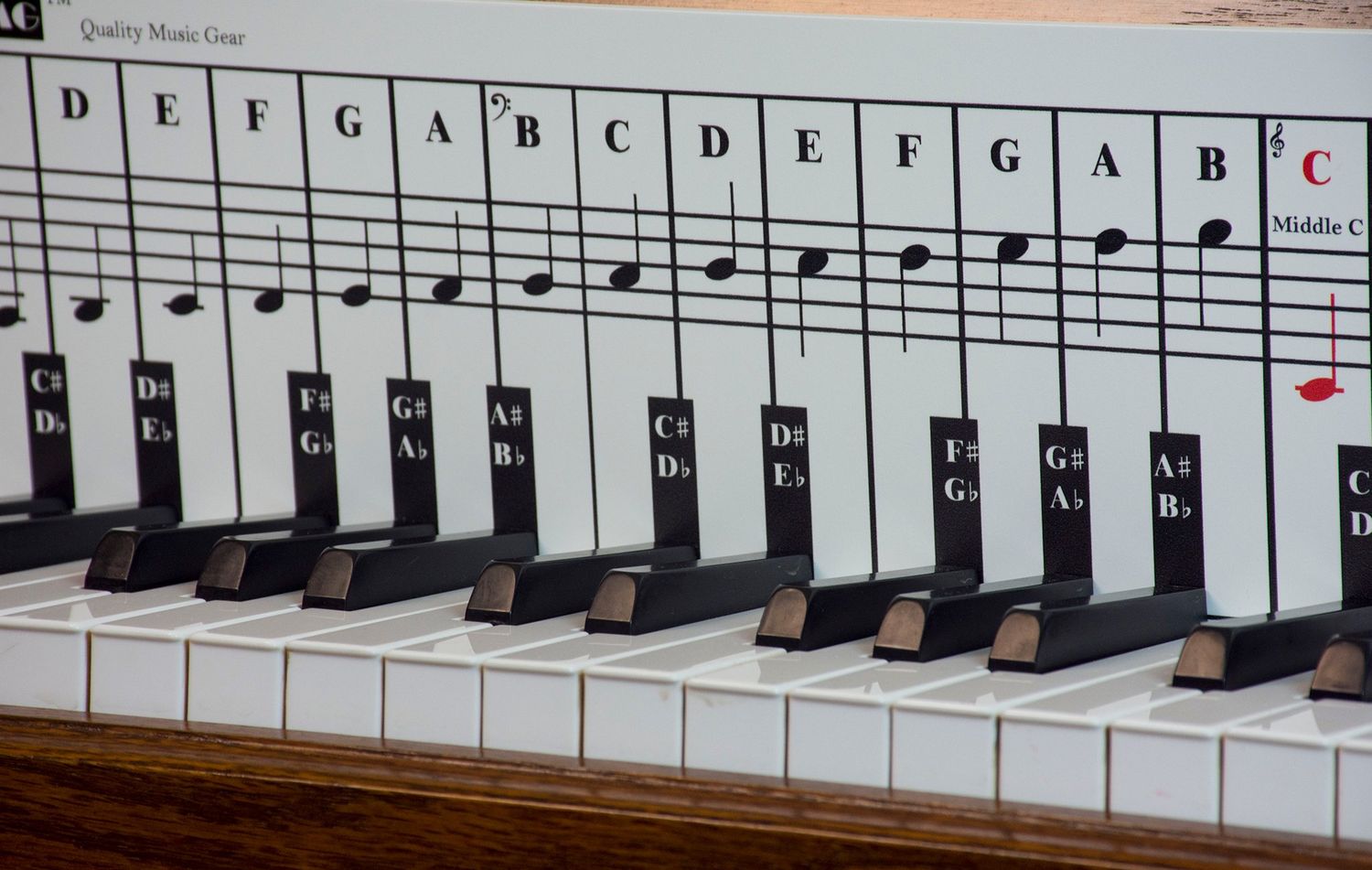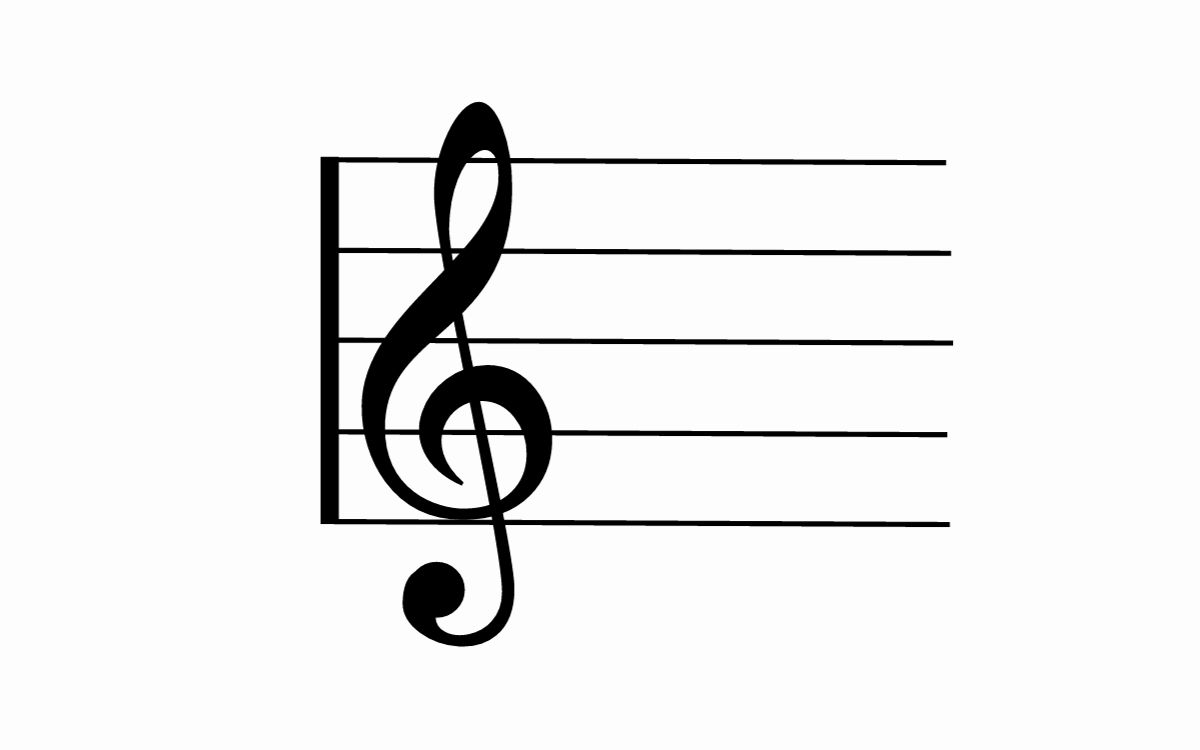Home>Production & Technology>Treble>Where Is Middle C On The Treble Clef


Treble
Where Is Middle C On The Treble Clef
Modified: January 22, 2024
Discover the position of middle C on the treble clef and enhance your understanding of the treble staff. Uncover the secrets of reading music with our informative guide!
(Many of the links in this article redirect to a specific reviewed product. Your purchase of these products through affiliate links helps to generate commission for AudioLover.com, at no extra cost. Learn more)
Table of Contents
Introduction
The treble clef is an essential musical notation symbol used in sheet music to represent pitches higher than middle C. It is predominantly used for instruments that play in higher registers, such as the piano’s right hand, violin, flute, and trumpet. The treble clef, also known as the G clef, gets its name from the symbol that resembles the letter “G.”
Understanding the treble clef is crucial for musicians, music students, and enthusiasts who aspire to read and interpret sheet music accurately. Knowing the precise location of notes on the treble clef staff is the first step toward comprehending and playing musical compositions fluently.
One significant pitch on the treble clef staff is Middle C. Middle C serves as a reference point and aids in identifying other notes in relation to it. Being able to locate Middle C on the treble clef is a fundamental skill that musicians should master.
In this article, we will explore the treble clef and shed light on how to identify Middle C on this staff system. We will also discuss the importance of Middle C and provide techniques to help you find it effortlessly. So, let’s dive in and unravel the secrets of the treble clef!
Understanding the Treble Clef
The treble clef, also known as the G clef, is one of the most widely recognized symbols in sheet music. It is indicated by a stylized letter “G” that wraps around the second line of the staff. This symbol determines the pitch range of the notes written on the staff.
The treble clef is primarily used for instruments that play in higher octaves, such as the piano’s right hand, flute, violin, and trumpet. It represents notes that are higher in pitch than the notes on the bass clef, which is used for lower-pitched instruments.
The placement of the treble clef on the staff is not arbitrary; it is positioned specifically to indicate the pitch of the note G. The spiral of the clef intersects the staff at the G line, which is the second line from the bottom.
Notes written on or above the second line of the treble clef staff are considered within its range. The space between the lines and spaces represents different pitches, allowing musicians to read and play the correct notes.
Understanding the treble clef staff is essential for musicians to decipher sheet music accurately. It provides a visual representation of the notes and their relative positions on the staff, allowing musicians to translate the musical symbols into sound.
Learning to recognize the treble clef staff and its notes takes time and practice. It is crucial to familiarize yourself with the symbols, lines, and spaces on the staff, as well as their corresponding pitches.
In the next section, we will focus on locating one specific note on the treble clef staff – Middle C. This note serves as a reference point, making it easier to identify and navigate other notes on the treble clef.
Identifying Middle C on the Treble Clef
Middle C is an important pitch that serves as a reference point on the treble clef staff. It is located on the first ledger line below the staff, just below the bottom line. Although it falls below the staff, Middle C is still considered part of the treble clef range and is commonly encountered in various musical compositions.
Identifying Middle C on the treble clef can be done by understanding its position relative to the other notes on the staff. With the treble clef symbol positioned on the G line, Middle C is positioned below this line, allowing it to be easily distinguished.
One mnemonic often used to remember the location of Middle C on the treble clef is to imagine it as being centered between the two clef symbols, the treble clef and the bass clef. This mental image can be helpful in quickly locating Middle C, particularly when transitioning between the treble and bass clef.
In sheet music, Middle C is commonly notated using a specific symbol—a small ledger line extending from the notehead of the C. This symbol ensures clarity and eliminates any confusion when encountering C notes in different octaves.
Knowing the exact placement of Middle C on the treble clef is essential for various musical activities, such as playing chords, intervals, or melodic passages that involve this pitch. It is a crucial note that acts as a bridge between the treble and bass clef, allowing musicians to navigate between different registers of music.
Now that we know how to locate Middle C on the treble clef staff, let’s explore why this particular pitch holds such importance in the world of music.
Importance of Middle C
Middle C, as the name suggests, occupies a central position in the musical scale. It is a vital reference point for musicians and plays a significant role in various musical contexts.
One of the key reasons for the importance of Middle C is its function as a connecting point between the treble and bass clef. It serves as a common note that allows musicians to transition smoothly between the higher and lower registers of music. This becomes particularly crucial when playing musical instruments that require reading and interpreting sheet music in different clefs, such as piano players who often use both hands to play melodies and harmonies simultaneously.
Additionally, Middle C is often used as a starting point for learning and understanding the musical staff. Beginners and music students are introduced to Middle C early on in their studies, as it provides a stable and familiar note to build their understanding of musical notation and pitch relationships. By establishing a foundation with Middle C, aspiring musicians can develop their skills and expand their knowledge of music theory.
Furthermore, Middle C is commonly utilized as a reference pitch for tuning musical instruments. It is often used as a benchmark for tuning pianos, guitars, and other instruments to ensure that they are in proper pitch. Musicians rely on Middle C as a stable reference to tune their instruments accurately, establishing the correct tonal foundation for musical performances and collaborations.
In addition to its practical significance, Middle C holds cultural and historical importance in the world of music. It has been featured prominently in countless musical compositions across various genres and styles. From classical masterpieces to contemporary pop hits, Middle C has been a central pitch in countless melodies, harmonies, and chord progressions.
Overall, Middle C’s importance lies in its role as a reference point, a connection between clefs, a fundamental pitch for learning music theory, a tuning standard, and a musical centerpiece across different genres. Understanding and recognizing Middle C enables musicians to navigate the treble clef staff with confidence and create harmonious musical expressions.
Techniques for Finding Middle C on the Treble Clef
Locating Middle C on the treble clef staff may seem daunting at first, but with practice and a few helpful techniques, you can master it with ease. Here are some tips to help you find Middle C on the treble clef:
- Reference the ledger line: Middle C is positioned on the first ledger line below the treble clef staff. Start by identifying the bottom line of the staff, then count up one line to find Middle C. Familiarize yourself with the visual representation of Middle C on the staff to quickly recognize its location.
- Use memorization techniques: Mnemonic devices can be incredibly useful for remembering the position of Middle C. One common mnemonic is to picture Middle C as “C on the ledger line.” This mental image reinforces the connection between the pitch and its notation on the staff.
- Relate it to other notes: Another technique is to visualize the placement of Middle C in relation to other notes on the treble clef. For instance, Middle C is two ledger lines below the C two octaves above it, which is written directly on the treble clef. Understanding this relationship can help you locate Middle C more easily.
- Practice with exercises: Working through exercises that specifically focus on identifying Middle C can strengthen your familiarity with its position. These exercises can involve reading sheet music, playing scales or melodies, and repeatedly pinpointing Middle C on the staff.
- Utilize technology: If you are learning to read sheet music digitally, there are numerous apps and software available that can assist you in locating Middle C on the treble clef. These tools often provide visual aids, interactive exercises, and auditory feedback to enhance your learning process.
Remember, finding Middle C on the treble clef staff requires practice and repetition. As you become more comfortable with its placement, you will develop a natural intuition for identifying Middle C quickly and accurately.
By employing these techniques and investing time into mastering the location of Middle C, you will enhance your ability to read and interpret sheet music and navigate the treble clef with confidence.
Conclusion
Understanding the treble clef and being able to locate Middle C on the treble clef staff are vital skills for musicians and music enthusiasts. The treble clef, with its iconic “G” symbol, represents higher pitches and is commonly used for instruments like the piano’s right hand, violin, flute, and trumpet.
Identifying Middle C on the treble clef staff provides a reference point for navigating the musical scale. Middle C sits on the first ledger line below the staff and acts as a bridge between the treble and bass clef. It plays a significant role in connecting different registers, tuning instruments, and serving as a foundation for learning music theory.
Through various techniques like referencing the ledger line, using mnemonics, visualizing its relation to other notes, practicing exercises, and leveraging technology, finding Middle C becomes easier and more intuitive with time and practice.
Mastering the location of Middle C on the treble clef not only enhances your ability to read and interpret sheet music accurately, but it also opens doors to musical exploration and expression. With this knowledge, you can confidently navigate the treble clef staff, play melodies and harmonies, and participate in collaborative musical endeavors.
So, whether you’re a beginner learning the basics of music notation or an experienced musician looking to improve your sheet music reading skills, mastering the location of Middle C on the treble clef is a fundamental step towards becoming a proficient musician.
So go ahead, practice, explore, and enjoy the beauty of music as you confidently navigate the treble clef using your knowledge of Middle C!

